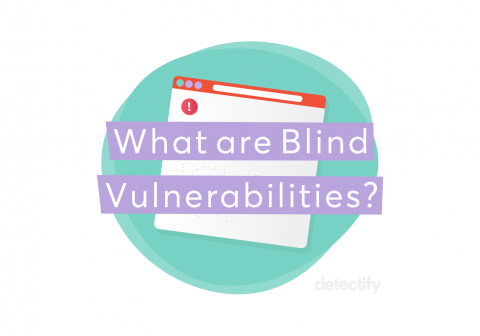Improving WordPress plugin security from both attack and defense sides
Paul is a front- & backend developer with a passion in security, who creates designs occasionally. After starting out with WordPress plugin vulnerabilities, he joined the bug bounty world and now also a white hat hacker in the Detectify Crowdsource community. As he has acquired his knowledge through community resources himself and wants to make the internet a safer place, he shares his know-how to give something back and in this case tips on WordPress plugin security.







